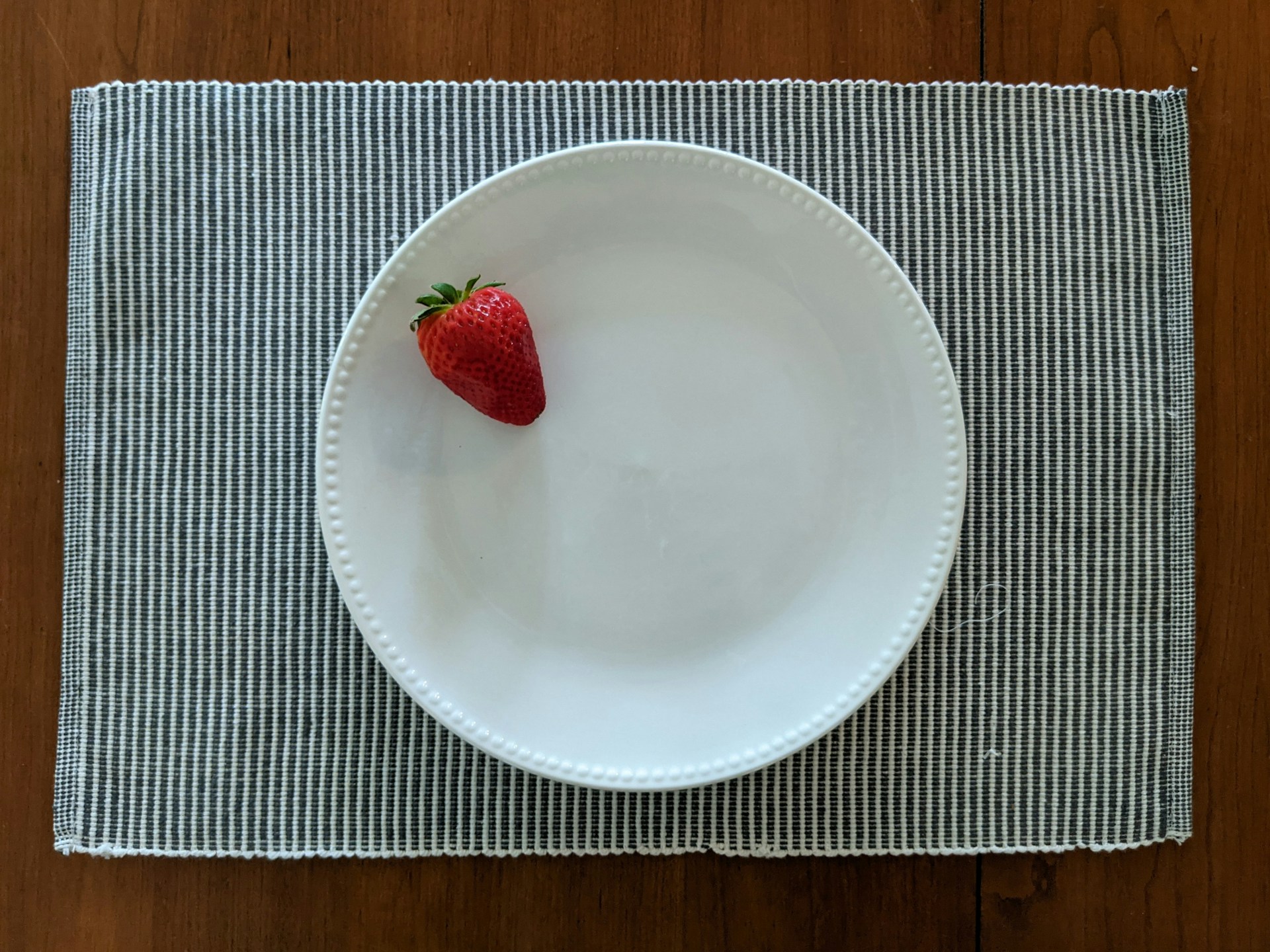Your Comprehensive Guide to Weight Loss Procedures: 10 Effective Options
When diet and exercise alone aren't enough, exploring weight loss procedures can provide the solution you need. These procedures range from highly effective surgical options to minimally invasive and medical interventions. Here, we'll cover all 10 popular procedures, helping you understand which one is best for your weight loss goals.
We can group the procedures into four groups:
- Medical Procedures & Programs
- Gastric Balloon Procedures
- Endoscopic Procedures
- Surgical Procedures
Medical Weight Loss Procedures & Programs
When we talk about medical weight loss, we have in mind physician-guided programs that combine medication with lifestyle changes and professional support. These programs are tailored for each individual.
GLP-1 Agonists (Weight Loss Injections)
They mimic natural gut hormones to effectively suppress appetite. There are weekly or daily injections, which slow stomach emptying on one hand and help you feel full sooner on the other. Clinical trials have shown obese patients lose around 12% of their body weight on semaglutide and about 18% on tripeptide over time. These treatments come with some side effects, like nausea, vomiting, diarrhoea, constipation, and fatigue, but they are mostly mild and temporary.
Phentermine-Topiramate
This weight loss pill is a combination of two active ingredients. Phentermine is an appetite suppressant, and the second (topiramate) has appetite-reducing effects. Together, they reduce hunger and promote satiety, as well as taste aversion, which makes food less appealing. With this synergistic effect on weight loss, they were approved as a long-term treatment for obesity. How successful is it? Patients have achieved an average weight loss of 7%–9% of their total body weight over the course of a year. There are some side effects to consider, like dry mouth, insomnia, elevated heart rate and anxiety. This treatment is not suitable for women who are trying to conceive.
RX Weight Loss Programs
These refer to comprehensive, physician-guided, and highly personalized programs that integrate coaching, customized meal plans, medical supervision, labs, and prescriptions. You usually enrol, and obesity medicine specialists or bariatric physicians often run them. A typical program includes an initial medical evaluation with lab work, customized meal planning by dietitians, exercise guidance, behavioral counselling, regular coaching check-ins, and, when appropriate, prescription weight loss medications or meal replacements. Medications used can include any of the above options depending on the patient's needs. When combined with medications, these programs can produce significant weight loss.
Gastric Balloon Procedures
They are temporary procedures that involve inserting balloons in the stomach to enhance feelings of fullness and satiety.
Orbera Balloon
Orbera is the most widely used intragastric balloon system and was the first FDA-approved balloon in 2015. It involves a single, soft silicone balloon that is endoscopically placed in the stomach and filled with saline (salt water) to approximately the size of a grapefruit. Orbera balloon patients typically lose around 10% of their total body weight on average—using a single saline-filled balloon. The balloon is generally removed after 6 months. Side effects are mainly gastrointestinal and usually temporary – nausea, vomiting, stomach cramps, and heartburn are common in the first week or two while the stomach adapts.
Spatz3 Balloon
The Spatz3 Adjustable Balloon is a newer type of intragastric balloon that has a unique feature: it is adjustable in volume after placement. That allows for real-time customization and can stay in longer than 6 months(but not more than 8). Due to its adjustability and longer duration, Spatz3 has demonstrated higher average weight loss compared to other balloons. On average, individuals who undergo the Spatz3 balloon procedure may expect to lose approximately 18% to 21% of their total body weight. Side effects and risks are nausea and cramping. Other complications are rare.
Endoscopic Weight Loss Procedures (Minimally Invasive)
Performed without external incisions, these procedures are outpatient and offer quicker recovery.
Endoscopic Sleeve Gastroplasty (ESG)
Endoscopic Sleeve Gastroplasty (ESG), also known as Suture Sculpt, is a technique in which an endoscopist uses a special suturing device to stitch the inside of the stomach, reducing its volume without removing any tissue. The average patient loses between 21-28% of their total body weight or 60-70% of the excess body weight they are carrying. The significant advantage of ESG is that it's incisionless and reversible (in theory, sutures can be removed, or it can be converted to surgery later if needed). It also has a low complication rate – far lower than surgical options. There's no cutting or stapling of the stomach, so the risks of leaks or severe infection are minimal. Common side effects are nausea and abdominal pain for a few days post-procedure, which are managed with medications.
Endoscopic Gastric Bypass Revision (TORe, Suture Resculpt)
Procedure is ideal for addressing weight regain post-gastric bypass. It tightens a stretched stomach pouch after previous bypass surgery. For patients who have previously undergone gastric bypass surgery (Roux-en-Y) but have regained weight, an endoscopic procedure known as Transoral Outlet Reduction (TORe) can help re-tighten the anatomy, allowing weight loss to get back on track. Once this treatment is complete, you can expect to experience an average weight loss of approximately 20% of your total body weight within one-year post-procedure. TORe is intended for those who had good initial success with bypass but then experienced gradual enlargement of their pouch or outlet and weight regain. It's not an option for people who never had bariatric surgery – it specifically addresses anatomical changes post-bypass.
Surgical Weight Loss Procedures (Bariatric Surgery)
These procedures typically require general anesthesia and are often irreversible, recommended for those with a BMI ≥ 40 or ≥ 35 with obesity-related health conditions.
Roux-en-Y Gastric Bypass
The surgeon creates a small stomach pouch and reroutes the small intestine. Gastric bypass induces weight loss through restriction, as a tiny stomach means dramatically smaller meals and malabsorption due to the reduced intestinal length, resulting in fewer calories being absorbed. It also changes gut hormones in a way that suppresses hunger and improves insulin regulation. Gastric bypass results in significant weight loss. On average, roughly 70% of excess weight is lost in 1–2 years. Beyond weight, gastric bypass is highly effective at remitting type 2 diabetes. Gastric bypass is a major operation with potential complications. Short-term risks include bleeding, infection, blood clots, or leaks at the connection sites. Longer-term issues can include nutrient deficiencies and dumping syndrome (where eating sugary/high-fat foods causes rapid intestinal symptoms like nausea, flushing, diarrhea – which, while unpleasant, can also "train" patients to avoid those foods).
Sleeve Gastrectomy (Gastric Sleeve)
This is currently the most popular weight loss surgery. The surgeon removes approximately 80% of the stomach. Because the smaller stomach can hold significantly less food (approximately 3–5 ounces initially), patients often feel full after consuming very small meals. It has comparable weight loss results to gastric bypass with lower risk. Many patients lose 50–70% of their excess weight within the first year. The sleeve has become popular because it is simpler and shorter to perform than bypass, with no intestinal rerouting, which means less risk of complications. There is also no risk of dumping syndrome since the food path is normal, just a smaller stomach. There are also fewer vitamin deficiencies.
Mini Gastric Bypass (One-Anastomosis Gastric Bypass)
The Mini Gastric Bypass, also known as One-Anastomosis Gastric Bypass (OAGB), is a simplified version of traditional gastric bypass surgery. It creates a small, tube-shaped stomach pouch and connects it to the small intestine using just one connection instead of two. This reroutes food past the upper part of the stomach and small intestine, helping reduce calorie absorption and promote weight loss. It is becoming increasingly popular for its effectiveness and reduced surgical risk. Patients can expect to lose approximately 60%–80% of excess weight with OAGB. The mini bypass is simpler and faster to perform than a Roux-en-Y gastric bypass. There is only one anastomosis (connection), which reduces operative time and theoretically reduces the potential leak points to one instead of two. The main concern historically raised about the one-anastomosis bypass is bile reflux.
Make an Informed Decision
Choosing the right weight loss procedure is a personal decision that should not be taken lightly, as it depends on several factors. As you can see, there are many options, from non-surgical interventions like GLP-1 medications and gastric balloons to minimally invasive endoscopic techniques and permanent surgical options like gastric bypass or sleeve gastrectomy. Each method offers distinct benefits and considerations. By understanding the full range of available procedures, you can have more informed discussions with your healthcare provider and select the approach that aligns best with your long-term success. Sustainable weight loss isn't just about a single procedure; it's about combining the right tools with support, commitment, and, most importantly - a lifestyle change.
FAQ
How should I choose the right treatment for me?
The "right" procedure for you depends on factors such as your BMI, health conditions, weight loss goals, and personal preferences regarding surgery versus non-surgical options. It's crucial to have a conversation with a qualified healthcare provider (an obesity medicine specialist or bariatric surgeon) who can assess your situation.
What's the difference between %EWL and %TBWL in weight loss results?
%EWL stands for percentage of excess weight loss and tells you how much of the weight you needed to lose (above your ideal weight) you've lost. %TBWL, or percentage of total body weight loss, reflects how much of your entire starting weight you've shed.
For example:
If your starting weight is 250 lbs and your ideal weight is 150 lbs, you have 100 lbs of excess weight.
- Losing 50 lbs would be 50% EWL (half of your excess weight lost).
- The same 50 lbs would be 20% TBWL (50 out of 250 lbs of your total body weight lost).
Are weight loss procedures safe?
Yes, most procedures are safe when performed by experienced medical professionals. However, every option—whether surgical or non-surgical—has its risks and potential side effects. Discussing your medical history with a healthcare provider is essential to determine the safest and most effective course of action.








